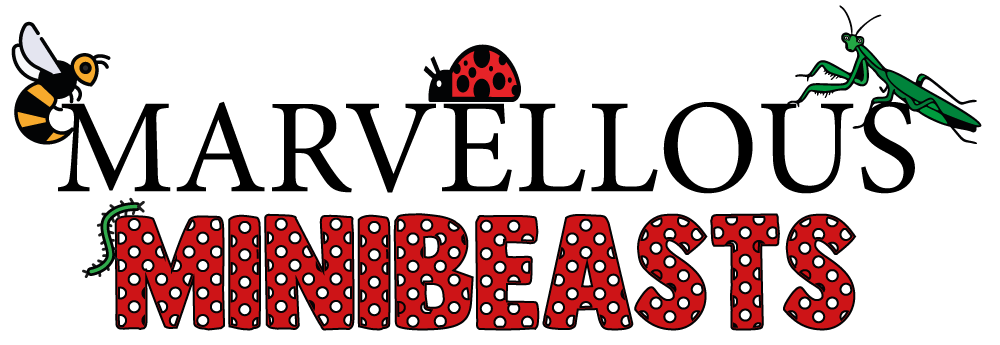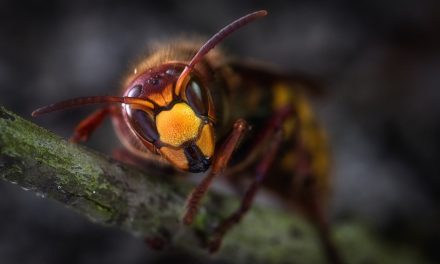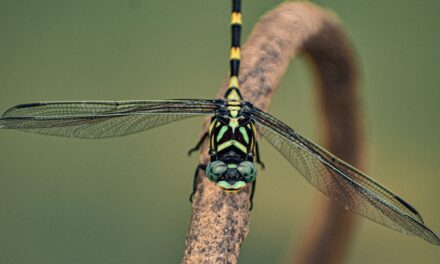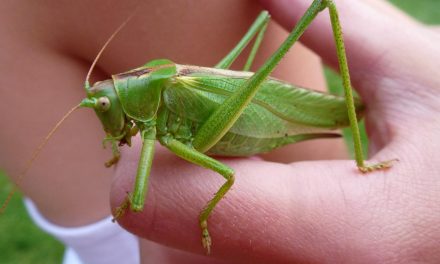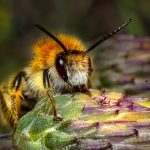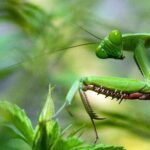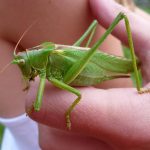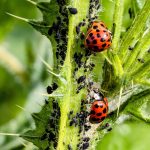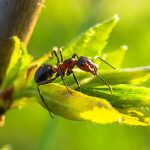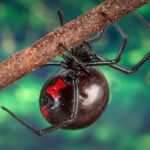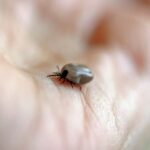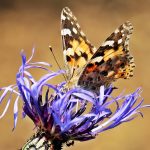For some people, the thought of eating an insect is repulsive, but for others, insects form a considerable part of their diet; some cultures even class insects as a delicacy. People have been consuming bugs for centuries, eating everything from beetles to caterpillars, locusts, grasshoppers, termites, and even dragonflies.
The practice of eating bugs is called entomophagy; it is thought that early hunter-gatherers probably learned to eat insects from watching animals eating them, and that’s how insects became a part of our diet.
In ancient Greece, cicadas were considered luxury snacks and beetle larvae were super tasty. As time has gone on and we as a species have evolved and developed, our taste for bugs has disappeared.
Why have we lost our taste for bugs?
The simple answer to this is agriculture. Our ancestors learned to farm crops and domesticated animals, which they used for food. Our tastes probably changed as we started to adopt a more modern way of eating. A Pig or a cow would yield more meat than bugs and would probably be far tastier than bugs too.
For people who are not accustomed to the practice of eating bugs, it is seen as repulsive and out of the ordinary. To us, bugs are nothing more than pests that destroy crops and cause a nuisance, but for others who don’t have the luxury of readily available food sources, it is just a common way of eating.
Do people still eat bugs?
Yes, around two billion people still consume bugs as part of their diet. Tropical countries are the highest bug eaters. Not only is it culturally acceptable to consume bugs, but in these regions, bugs are diverse, and they are also a lot bigger than other countries, making them easy to harvest as reliable food sources. The types of insects eaten are;
- 235 species of butterflies and moths,
- 344 species of beetles,
- 313 species of ants, bees and wasps,
- 239 species of grasshoppers, crickets and cockroaches,
- 39 species of termites, and
- 20 species of dragonflies, as well as cicadas
In Cambodia, giant tarantulas are gathered, fried, and sold in the marketplace. In southern Africa, the juicy mopane worm either simmered in a spicy sauce or eaten dried and salted is considered a dietary staple. In Mexico, chopped jumiles are toasted with garlic, lemon, and salt. Bugs can be eaten whole or used to make up a meal. You can even grind them into flour, powder, or paste to add to food.
If you can overcome the yuck factor of eating bugs, it is said that;
- Mealworms taste like roasted nuts
- Locusts are similar to shrimp
- Crickets have the aroma of popcorn
Edible insects
Grasshoppers and crickets – Grasshoppers and crickets are probably the most consumed insects worldwide. They are readily available, easy to catch and packed full of protein. These insects are easy to find; you just need to listen to the characteristic chirping. You can find grasshoppers mainly during the day and crickets during the night. Preparing a grasshopper or cricket to eat is easy; you just remove the head, legs and antenna as these are a choking hazard. These bugs can be roasted or fried in oil.
Ants – ants are another readily available insect, but you will need to catch lots of them to make a decent meal. Capturing them requires a little skill; you will need to use something sweet to attract them. Boiling is the preferred method of cooking for ants as it will neutralise the acid the ants use against predators. Honeypot ants are said to be delicious as they contain a sweet liquid similar to honey.
Cockroaches – even saying the word cockroach has most people will shudder, but cockroaches have been given a bad rap; even though they are associated with filth, they are actually a clean insect. To prepare a cockroach to eat, you must clean the outsides thoroughly and boil, roast or fry it in a meal.
Dragonflies – can be found near freshwater pools, ponds, and lakes during the summer months. In the spring, you will be able to harvest dragonfly larvae; the larvae can be fried in a frying pan and eaten whole. Adult dragonflies can also be fried, removing the wings beforehand.
Termites – Gram for gram termites have the most calories when it comes to insects; most of these calories come from protein and unsaturated fats. Termites digest wood, so you will be able to find them in pieces of rotten wood and rotting trees and stumps. They move quickly when they are exposed from their hiding place, so you will need to be quick to catch them. Termites can be eaten raw as a snack, but they can also be roasted or fried as part of a meal.
Moth caterpillars – moth caterpillars are full of protein, low in fat, but they are also filled with essential vitamins and minerals. You can eat adult moths, but most people prefer to eat the caterpillar. While most moths and butterflies are edible, there are some you should avoid; like the Monarch butterfly, these butterflies are toxic and can easily be mistaken for an edible food source. To prepare an adult moth, you should remove the wings and fry them in oil or roast them as part of a meal. Caterpillars can also be fried or roasted.
Are bugs healthy?
This is where it gets interesting; bugs can contain up to 80% protein, which is a vital building block for the body. Bugs are also high in fat, fibre, and micronutrients like vitamins and minerals. Did you know that most edible insects contain the same amount or even more of the mineral iron than beef?
The mealworm, yellow beetle larvae are native to America and are super easy to farm. They have a high vitamin and mineral content and can contain up to 50% protein, which is almost as much as the same amount of beef.
Bug farming
Farming bugs for food is said to have less environmental impact than that of livestock farms as bugs emit far less greenhouse gas and use up less space, water, and food than livestock. Bugs could also be turned into more sustainable food for livestock.
Should we eat bugs?
This is an entirely personal question; only you can say whether eating bugs is right for you. As mentioned above, bug-eating is a completely normal part of the diet in many cultures, especially in cultures where agriculture is not practised, or food is in short supply. Some people believe that eating bugs is more ethical than eating regular meat.
